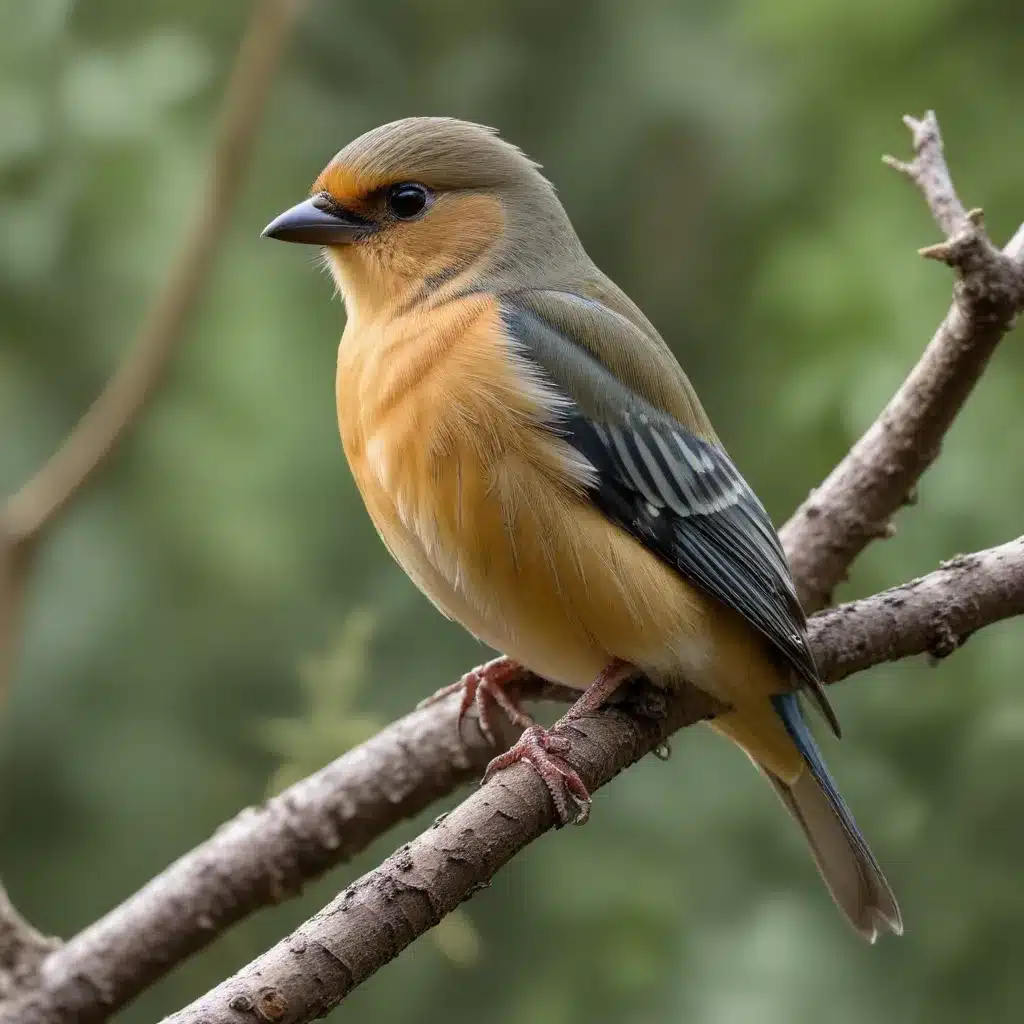
As an experienced avian caretaker and expert in bird species, breeding, care, habitat setup, nutrition, health, training, exotic species management, behavior interpretation, adoption practices, enrichment techniques, safety protocols, seasonal care, FAQs, customer testimonials, bird rescue, product assessments, travel advice, and events/news in the avian community, I’m here to debunk some of the most persistent myths and misconceptions about our feathered friends.
Avian Diversity and Classification
Taxonomic Hierarchy of Birds
Birds belong to the class Aves, which is part of the phylum Chordata. Within the class Aves, there are 40+ orders, over 200 families, and thousands of individual species. This incredible avian diversity is often underappreciated, with many people believing all birds are relatively similar. In reality, the taxonomic and evolutionary breadth of the avian world is truly astounding.
Avian Orders and Families
From the majestic eagles and hawks of the order Accipitriformes, to the vibrant parrots and cockatoos of Psittaciformes, to the humble sparrows and finches of Passeriformes – birds come in a dazzling array of shapes, sizes, colors, and behaviors. Each avian order and family has its own unique adaptations, ecological niches, and captivating traits. Recognizing this diversity is key to understanding and appreciating the incredible complexity of the avian world.
Unique Avian Adaptations
Birds exhibit a wealth of specialized adaptations, from their lightweight yet strong skeletal structures to their intricate respiratory systems. The ability to fly, keen eyesight, and remarkable navigation skills are just a few of the adaptations that make birds such successful and diverse organisms. Debunking the myth that “birds are just feathered bipeds” requires exploring the nuances of avian anatomy, physiology, and evolutionary history.
Common Avian Myths and Misconceptions
Myths about Bird Intelligence
A common misconception is that birds are simple-minded creatures, incapable of complex behaviors or problem-solving. In reality, many bird species demonstrate impressive cognitive abilities, from tool use to social intelligence. Corvids (crows, ravens, and magpies) are particularly renowned for their problem-solving skills, while parrots and other large-brained birds exhibit a remarkable capacity for learning and communication.
Myths about Bird Migration
Another persistent myth is that migrating birds simply follow the seasons, with no deeper understanding of their journeys. In truth, birds navigate using a combination of cues, including the sun, stars, Earth’s magnetic field, and even olfactory signals. The precise timing and routes of migratory birds are the result of intricate physiological and behavioral adaptations honed over millennia of evolutionary pressures.
Myths about Avian Coloration
Many people believe that bird plumage is solely for display, when in fact, coloration often serves critical functions in camouflage, signaling, and even thermoregulation. The stunning hues and patterns we admire in birds are the product of complex pigment production, feather structure, and evolutionary selection – far from simple decorations.
Avian Anatomy and Physiology
Avian Skeletal Structure
The avian skeleton is a marvel of evolutionary engineering, optimized for the demands of flight. Hollow, lightweight bones, fused vertebrae, and unique wing and leg structures all contribute to the bird’s ability to take to the skies. Debunking the myth that birds are “fragile” requires understanding the incredible strength and adaptability of their skeletal systems.
Avian Sensory Capabilities
Birds possess an array of sensory abilities that often surpass those of humans. Many species have exceptional visual acuity, capable of detecting ultraviolet wavelengths and subtle movements. Their keen sense of smell, in some cases, rivals that of dogs, and their auditory perception allows them to hear a wider range of frequencies than we can. Appreciating the nuances of avian sensory systems is crucial to understanding their behavior and interactions with the world around them.
Avian Respiratory and Circulatory Systems
The avian respiratory system is a marvel of evolutionary engineering, with a highly efficient network of air sacs and specialized lungs. This system, combined with the bird’s strong cardiovascular function, enables the incredible feats of endurance and high-altitude flight that many species display. Debunking the myth that birds “just breathe through their beaks” requires delving into the intricate workings of their respiratory and circulatory adaptations.
Avian Behavior and Ecology
Courtship and Breeding Behaviors
The courtship and breeding behaviors of birds are often misunderstood. From the elaborate mating dances of cranes and birds of paradise to the intricate nest-building rituals of many songbirds, these behaviors are the result of complex evolutionary adaptations. Debunking the myth that birds simply “mate and reproduce” requires exploring the nuances of avian courtship, pair bonding, and parental care.
Foraging Strategies and Feeding Habits
The diverse feeding strategies employed by birds, from nectar-sipping hummingbirds to scavenging vultures, are often oversimplified. Birds have evolved a wide range of beak shapes, tongue structures, and foraging behaviors to exploit a variety of food sources. Recognizing the complexity of avian feeding habits is crucial to understanding their ecological roles and nutritional needs.
Avian Habitat and Nesting Preferences
The specific habitat requirements and nesting behaviors of different bird species are often misunderstood. Many people assume that all birds are equally at home in any natural setting, when in reality, each species has evolved adaptations to thrive in particular environments and nest types. Debunking the myth that “birds will just find a place to live” requires exploring the nuanced relationships between birds and their preferred habitats.
As an experienced avian caretaker, I hope this article has helped to shed light on the incredible diversity, complexity, and fascinating adaptations of the avian world. By debunking common myths and misconceptions, we can develop a deeper appreciation for the remarkable creatures that share our skies and enrich our lives. To learn more about the world of birds and how you can support your feathered friends, I encourage you to visit https://mikabirdsfarm.com/.


